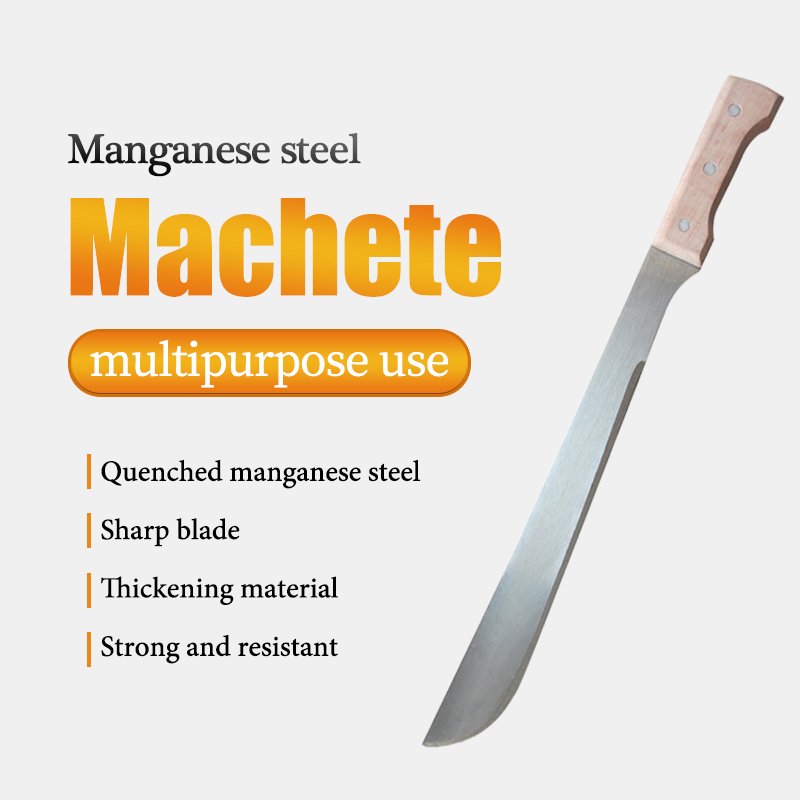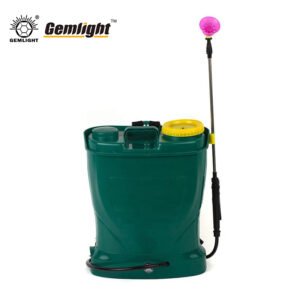1. Why the Jamaican M1942 Machete Remains a Timeless Tool in Africa
The M1942 machete, originally designed as a standard military-issue blade during World War II, has evolved far beyond its battlefield roots. Today, this model remains highly relevant and widely used in agricultural and forestry operations—especially across the African continent. Its simple yet durable design makes it an ideal tool for professionals engaged in land clearing, bush maintenance, and crop harvesting.
What sets the M1942 machete apart is its perfectly balanced form. With a long, straight blade and robust tang construction, it offers excellent cutting leverage while being lightweight enough for all-day use. In many African countries such as Nigeria, Kenya, and Uganda, rural farmers and plantation workers prefer the M1942 machete for its resilience and ease of sharpening. The tool performs efficiently in clearing undergrowth, sugarcane cutting, and even preparing firewood, which makes it incredibly versatile.
In regions where labor-intensive farming is still the norm, reliability is key. The M1942 machete meets that demand, functioning well in both dry and humid climates. Its steel composition withstands rust when properly maintained, and its extended reach allows for safer clearing in thorny or dense environments.
Furthermore, the traditional appeal of the M1942 blade fits well into the practical mindset of African field professionals. Whether working in tropical rainforests or savanna zones, users rely on this model as a no-fail choice. It’s not just a piece of metal—it’s an everyday survival and productivity tool in the field.
In summary, the M1942 machete continues to serve African markets not simply as a cutting instrument, but as a field-tested, multipurpose tool that meets both traditional and modern-day agricultural needs.

2. 1942 Machete vs. Modern African Machete Styles
Across Africa, machete preferences vary depending on regional farming needs and local design influences. When comparing the 1942 machete to popular contemporary African styles like Panga, Colima, or Cane Knives, clear distinctions emerge in both form and function.
The 1942 machete stands out for its military-grade balance and straight-edged profile. Unlike the broader and more curved Panga machetes used widely in central and southern Africa, the 1942 design provides a more tactical grip and precision-based swing. This makes it ideal for tasks that require accuracy, such as pruning or targeted bush removal.
Meanwhile, African-style machetes often feature wider blades and weighted tips to increase chopping force. While effective in tasks like splitting logs or sugarcane cutting, they tend to be heavier and may cause fatigue over extended use. In contrast, the 1942 machete offers an efficient middle ground between brute force and long-term usability.
Another consideration is customization. While traditional African machetes are often handmade and vary significantly in blade geometry, the 1942 machete benefits from standardized production and offers consistent performance. This is especially important for organizations or cooperatives that require bulk orders with uniform specifications.
Moreover, African buyers are increasingly drawn to hybrid models that blend heritage and functionality. The 1942 machete can be modified with black oxide coatings, anti-slip handles, and tactical sheaths—appealing to a generation of professionals looking for tools that combine history with innovation.
In conclusion, while both types of machetes serve essential roles in African agriculture and land management, the machete provides a refined and durable solution that aligns with modern efficiency standards without sacrificing traditional utility.

3. Why Machete Jamaica Designs Are Popular in African Markets
Jamaican-style machetes, especially those modeled after the M1942 design, have carved out a unique and respected position in African markets. These blades, often referred to as Machete Jamaica, are praised not only for their historical value but also for their rugged simplicity and practicality—traits highly valued across African farming communities.
The classic “machete Jamaica” look typically includes a straight, elongated blade and a natural wood handle. Its military origins lend it a certain toughness, but it’s the form factor that truly appeals to African users. This machete can cut sugarcane, trim palm fronds, and clear thick brush with equal ease. Its clean design allows users to apply powerful strokes without excessive effort, reducing fatigue during repetitive fieldwork.
Another reason for its popularity is familiarity. Through trade, migration, and colonial history, tools from the Caribbean—particularly Jamaica—have found a cultural foothold in parts of Africa. The shared agricultural heritage between the regions has further encouraged this adoption. Farmers recognize the utility and build of the Jamaican machete and trust its ability to handle demanding environments.
From Ghana’s cocoa fields to Uganda’s banana plantations, this machete format continues to grow in demand. Its reputation for durability and multi-purpose use makes it a preferred option not just for individuals but also for NGOs and bulk buyers supplying equipment to rural operations.
Furthermore, Jamaican-style machetes offer excellent value for money. When imported in volume or manufactured to Jamaican specs by overseas suppliers, they combine affordability with performance—a must for African buyers with tight budgets but high expectations.
For resellers and distributors, the popularity of machete Jamaica blades is a strong business case. Their proven field value and consistent demand make them an ideal stock item for penetrating African agriculture markets.

4. Jamaican m1942 Machete for Sale – Factory-Direct Options from Our Brand
If you’re sourcing Jamaican machete for sale options for the African market, our factory-direct solutions offer a powerful combination of quality, cost-efficiency, and customization. We specialize in manufacturing M1942-style blades based on Jamaican heritage, optimized for demanding outdoor and agricultural environments.
Our machetes are forged from high-carbon steel, treated for corrosion resistance, and undergo strict quality control to meet international export standards. Each model is produced with consistent dimensions, full-tang design, and optional enhancements such as powder-coated black blades, ergonomic polypropylene handles, or traditional hardwood grips.
We understand the specific needs of African markets. That’s why we offer flexibility in bulk orders, packaging, and private label branding. Whether you require machetes for sugarcane harvest in Malawi or bush clearing in Tanzania, we can tailor the blade length, handle type, and sheath options to match your local market preferences.
Popular products include:
- M1942 Military-Style Machete – 18″ carbon steel blade with full tang and riveted wood handle
- Black Coated Jamaican-Style Machete – Ideal for high-humidity regions
- Custom Machete Series – Branding services available for government tenders, NGOs, or cooperatives
In addition to competitive pricing, we offer reliable lead times and export logistics support. Our production team is experienced in handling large-scale orders for Africa and Southeast Asia, ensuring smooth customs clearance and on-time delivery.
We invite distributors, wholesalers, and agricultural suppliers to connect with us for samples, catalog access, and quotes. Partner with a factory that understands your market—and equips it with tools that work.




